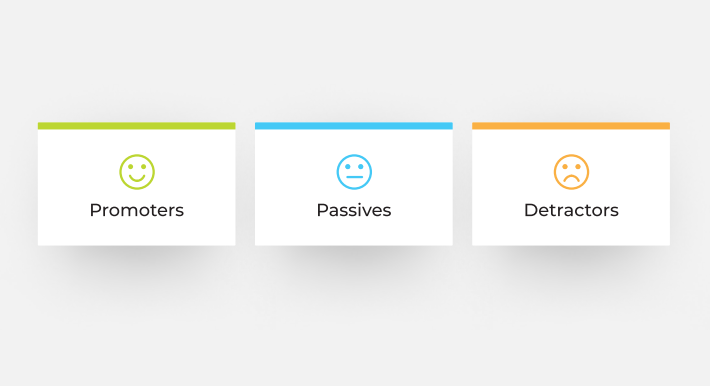Extracting the exact dollar value of the customer feedback data you collected is a bespoke scenario for every company so, unfortunately, a one-size-fits-all formula doesn’t exist. But, if you’ve made the right move in starting to collect data from your clients, there are some guiding principles and considerations you can put in place to start to extract the ROI from your CX efforts. After all, the true goal of collecting the feedback isn’t to bump up your customer satisfaction score but to deliver true business value.
What has to be done in order to reach the quantitative ROI value is to map the changes in your CX efforts and their correlation to business impacts.
Measuring business impact
As mentioned, we need to look at the delivery of business value above all else. The biggest business drivers are increasing sales, decreasing costs and increasing customer retention. The metrics which can be used to measure the impact of your CX strategy include, but not limited to: Purchase value, recurring purchase value, returned product value, number and duration of phone calls to your support staff, upsell value, loyalty programme/voucher value takeup etc. Chose the measure which is most likely to be affected by the changes in your CX game plan.
Research shows that 86% of customers are happy to pay more for an customer experience. For example, consider hospitality and air travel where an upgraded customer experience can bring in more revenue as well as bump up the loyalty of the customer.
When it comes to selling to existing, happy customers as opposed to revenue from new customers, 65% of companies are able to successfully upsell to current customers, whereas upselling to new customers is harder with only 12% of companies being able to do so.
Make sure to keep an eye out on the declining metrics as well as the increases. Unhappy customers will reflect poorly on your CX quality scores, returned goods, number of support tickets and more.
Measuring CX impact
Tracking how your business is performing in the eyes of the customer is most often done via 3 most popular metrics NPS, CSAT and CES. NPS, or Net Promoter Score is by far the most used metric as it offers a short and sharp grading and feedback format, concentrating on long term customer happiness and loyalty. CSAT (Customer Satisfaction Score) asks the customer how their product or service have fared against their expectation. This approach is focused on the short term or momentary customer happiness. CES (Customer Effort Score) also offers a short format, asking the customer only about how much effort went into their interaction with your company, therefore not extracting very much insight.
Choose the right one, or a combination of the ones that will work best for your business and the impact that you want to analyse.
Measuring ROI
Before launching into full-scale deployment of changes, you should be setting up you measurement process and deciding what management approach you want to take. For instance you may want to create a marketing-style A/B test or measure the impact before and after a pilot.
In a A/B scenario, a control group is used with a ‘B variant’ set up with your required CX changes implemented. As an example this may include changing the phone scripts for just one part of your team (B variable) or putting a group of customers through a different buying journey to the usual. Remember to collect feedback data and scores all throughout.
In a pilot scenario, you can switch all your CX efforts over to a different customer approach and measure the CX metric side as you go along. The results before and after the pilot can be taken as a result of change in your CX strategy.
Once you can quantify both sides of this equation, you will be much closer to reporting a holistic picture of business impact where commercial metrics tie in to oscillations in CX metrics. Ask, act, improve.
For a quick calculation of the dollar value lost to your business annually and throughout the lifetime of a customer - you can use the Customer Radar calculator below to see the type of revenue you might be losing through churned customers:







